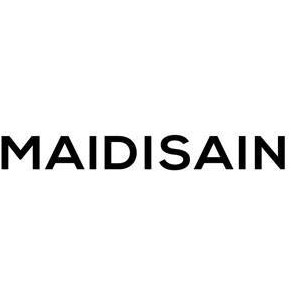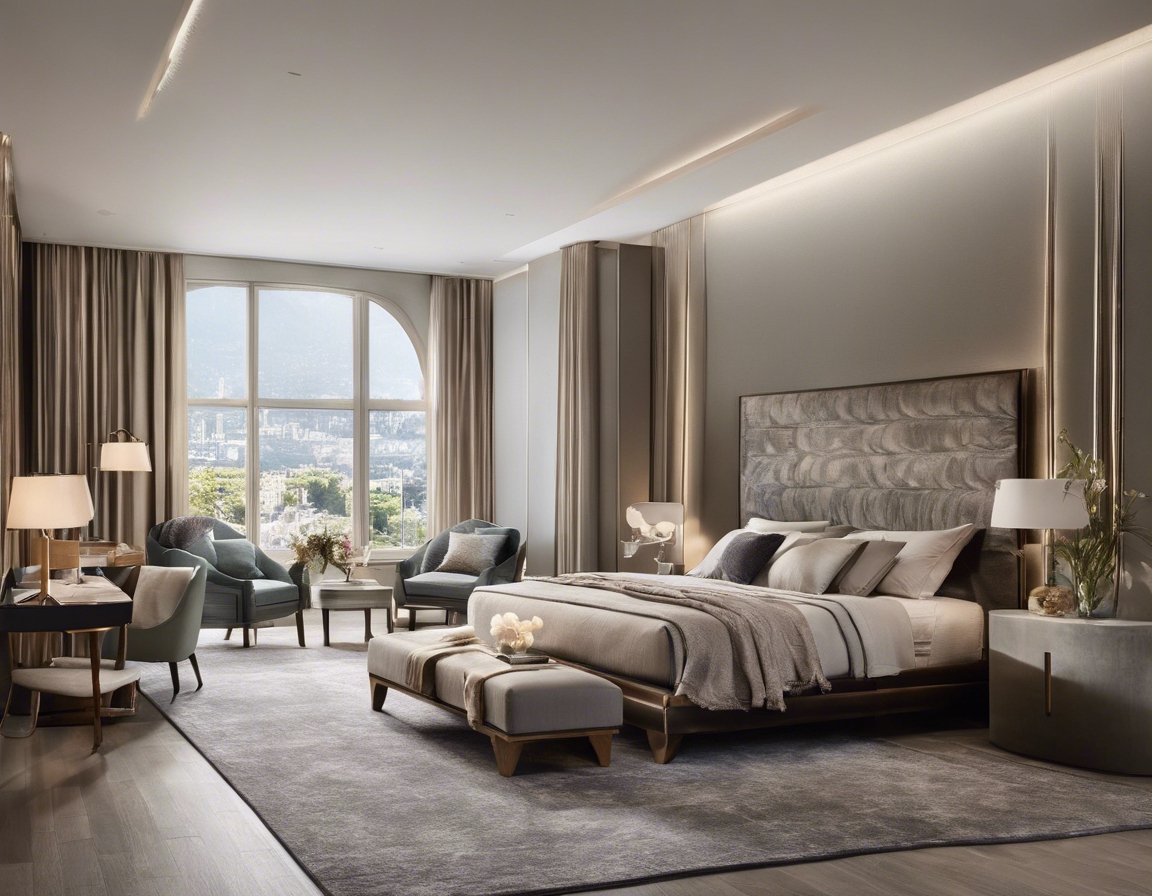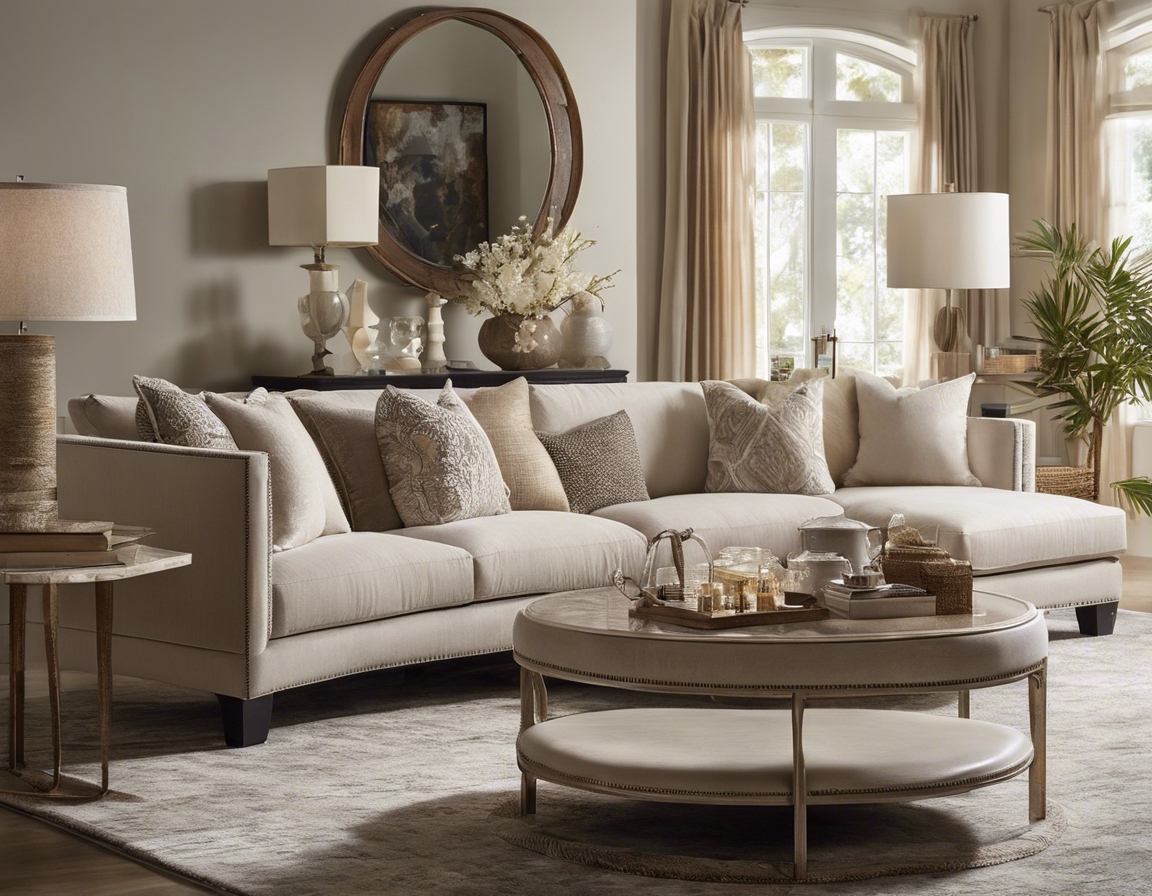5 trends shaping the future of interior design
The world of interior design is constantly evolving, with new trends emerging as responses to cultural shifts, technological advancements, and a growing awareness of environmental issues. For property developers, real estate investors, and homeowners, staying ahead of these trends is key to creating spaces that are not only aesthetically pleasing but also functional, sustainable, and capable of adding value to their properties.
1. Sustainable and Eco-Friendly Design
Biophilic design is a concept that incorporates natural elements into the built environment, aiming to connect inhabitants with nature. This trend includes the use of natural lighting, plant life, natural textures, and materials that mimic the outdoors, promoting well-being and productivity.
As sustainability becomes a priority, interior designers are turning to repurposed materials and furnishings to reduce waste. This includes using reclaimed wood, recycled glass, and upcycled furniture, contributing to a unique and environmentally conscious design narrative.
Energy efficiency is a key component of sustainable design. The integration of LED lighting, energy-saving appliances, and smart systems not only reduces the carbon footprint but also cuts down on energy costs for homeowners and property developers.
2. Technological Integration
Technology is becoming increasingly integrated into our living spaces. Smart home systems allow for the automation of lighting, heating, security, and entertainment, offering convenience and efficiency in interior design.
Virtual and augmented reality technologies are revolutionizing the way designers and clients experience spaces before they are built. These tools enable immersive visualizations, helping in making informed decisions about design elements.
New materials and fabrication techniques are enabling designers to create unique, custom pieces that can serve as focal points in a space. These innovations also allow for greater flexibility in design, accommodating a range of aesthetic preferences and functional requirements.
3. Multifunctional Spaces
The demand for multifunctional spaces is on the rise, particularly in urban environments where space is at a premium. Flexible layouts and modular furniture can be reconfigured to serve multiple purposes, adapting to the changing needs of inhabitants.
With the trend towards minimalism and decluttered spaces, hidden storage solutions are becoming increasingly popular. These include built-in cabinets, concealed compartments, and multi-use furniture pieces that help maintain a clean and orderly environment.
The lines between work and leisure are blurring, and interior design is reflecting this shift. Convertible spaces that can transition from home offices to entertainment areas are essential for modern living.
4. Personalization and Storytelling
Personalization is at the heart of contemporary interior design. Clients are looking for customized design elements that reflect their personality and lifestyle, making each space truly unique.
Incorporating cultural and historical references into interior design helps to create a sense of place and continuity. This trend is about embracing the story behind the space and its inhabitants.
Designers are focusing on creating spaces that evoke an emotional response, using textures, colors, and layouts that resonate with the occupants, fostering a sense of comfort and belonging.
5. Bold Colors and Patterns
Bold colors and patterns are making a comeback, with statement pieces and accent walls becoming focal points in interior design. These elements add character and vibrancy to a space, making it stand out.
The mix and match trend is about combining different styles, textures, and patterns to create a curated, eclectic look. This approach allows for greater expression and individuality in design.
Understanding the psychological impact of color is crucial in interior design. Colors can influence mood and behavior, and designers are using this knowledge to create environments that positively affect the well-being of the occupants.






Comments (0)